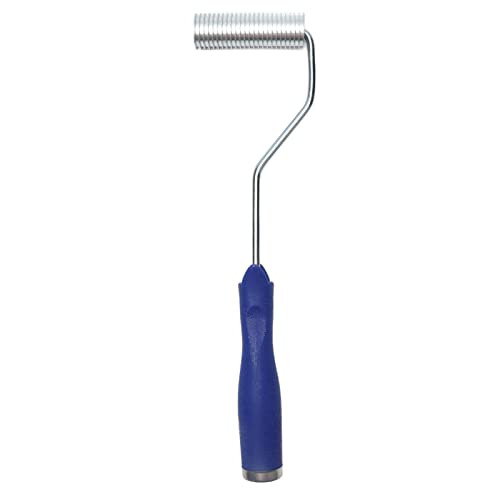sonny1
Well-known member
- Joined
- Feb 20, 2023
- Messages
- 589
- Reaction score
- 763
- Location
- Henryetta Oklahoma
- LOCATION
- Henryetta oklahoma
Cork is cork either wine bottle or 1/8 inch thick sheet. Plan on sealing the wood transom well. The cork don't know yet. If it affects the qualities of the cork no. If it has no effect yes i will seal it.




































































